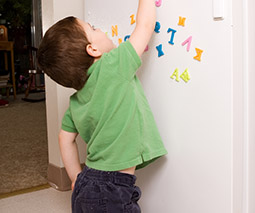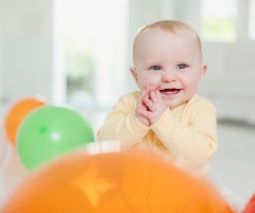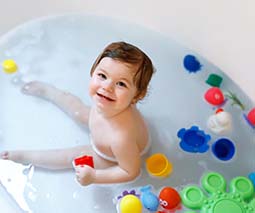Mum rethinks her 4-year-old’s front-facing car seat – and saves his life

Lots of parents hurry their kids along when it comes to car seat arrangements. Despite it being much safer for kids to be rear-facing for as long as possible, many families move their kids to forward-facing much earlier than this.
Knocked out in crash
One such mum was Savannah Baker, but she thought twice and changed it back to rear-facing. After a very scary near-miss, she’s urging parents not to be complacent when it comes to their kids’ car restraints.
Savannah and her kids were involved in a serious accident very recently, with their car pushed into a pole at speed by another careless driver. Her four-year-old son Andrew was knocked unconscious and took several minutes to regain consciousness.
“He suffered a mild concussion, and we all have some pretty gnarly bumps and bruises, but thanks to proper car safety, we survived,” Savannah said in a warning post on Facebook.
A rethink saved her four-year-old’s life
Savannah says she had turned Andrew’s seat forward-facing for a short while, but thought twice and turned it back to the safer rear-facing position.
“When he turned four, I had turned him around to face forward. But, because he’s four and was constantly kicking the back of our seats (and was still under the limits of his seat), we decided to turn him back around and wait a little longer.”
“Am so thankful we made that decision to turn him back around,” Savannah continued. “My children are ALIVE, they survived this horrific event with very minor injuries.”
Be a car seat stickler
Savannah’s not over-stating the safety boost having her children rear-facing provided.
“The ER doctor, several nurses, the first responders, and even some random bystanders told me REPEATEDLY that the reason my children were not in critical condition, or dead, was because they were facing the rear and PROPERLY buckled into the car,” she writes.
“I’m so happy I’ve always been such a car seat stickler. And I always will be.”
After this scary experience, Savannah’s really keen to encourage other parents to use their child’s car seat optimally.
“Check your children’s seat,” she pleads. “Check it twice. Do your research. Make sure they are safe EVERY time. And, while you’re at it, buckle your own seatbelt too! Most bruising I have is from the seatbelt SAVING my life. I can’t imagine the injuries I’d have sustained if I didn’t have it on.”
When I saw my car today, for the first time since our accident, all I could do was shake like a leaf, and sob. I can…
Posted by Savannah Baker on Monday, 3 June 2019
Car seat laws in Australia
A survey carried out by Melbourne’s Royal Children’s Hospital recently found that lots of parents were using their child’s car seat incorrectly, and it’s often because the laws are confusing and don’t reflect what’s safest for kids. Parents are doing their best to comply with the legal guidelines, but the legal guidelines are flawed.
“This study shows that parents are unaware of best practice recommendations when it comes to car seats and kids,” the study’s lead researcher Dr Anthea Rhodes told the ABC. “Parents are following the law but unfortunately the law does not reflect the safest practice.”
“Children should stay rear-facing for as long as possible,” recommendations from The Royal Children’s Hospital state.
“As your child grows, it may appear that there is no room for their legs when they are restrained in this position. However, it is OK for them to hang their legs out the sides, have their legs crossed, be tucked into their body, or kicked straight up on the seat in front of them. Facing rearwards (despite having their legs in a seemingly strange position) is still the safest position for them to travel.”
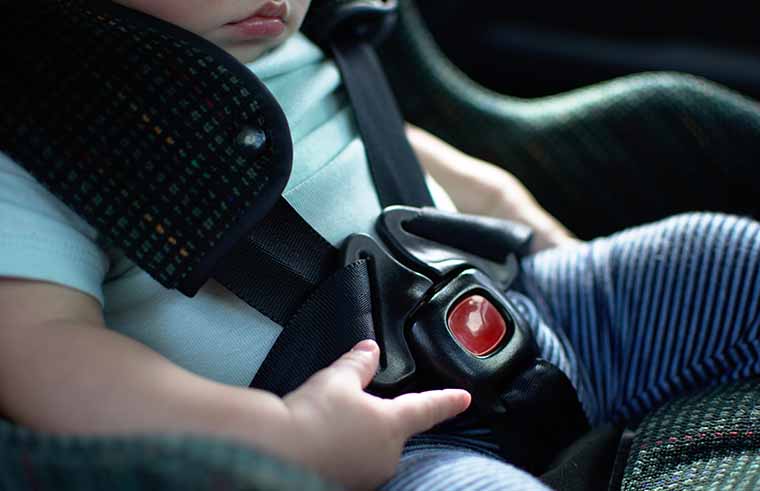
Outdated laws
In Australia, the following laws apply when it comes to the safe use of car seats when travelling with kids.
- Children up to the age of six months must be secured in an approved rearward facing restraint
- Children aged from six months old but under four years old must be secured in either a rear or forward facing approved child restraint with an inbuilt harness
- Children aged from four years old but under seven years old must be secured in a forward facing approved child restraint with an inbuilt harness or an approved booster seat
- Children aged from seven years old but under 16 years old who are too small to be restrained by a seatbelt properly adjusted and fastened are strongly recommended to use an approved booster seat
- Children in booster seats must be restrained by a suitable lap and sash type approved seatbelt that is properly adjusted and fastened, or by a suitable approved child safety harness that is properly adjusted and fastened.
But “experts who wrote the national guidelines recommend children be kept rear-facing for as long as possible to stop heads and necks from moving suddenly,” The Sydney Morning Herald says, pointing out that restraints are now being made to accommodate larger children.
Thankfully many more parents are choosing to keep their kids rear-facing much longer as they learn more about the benefits of extended rear-facing.
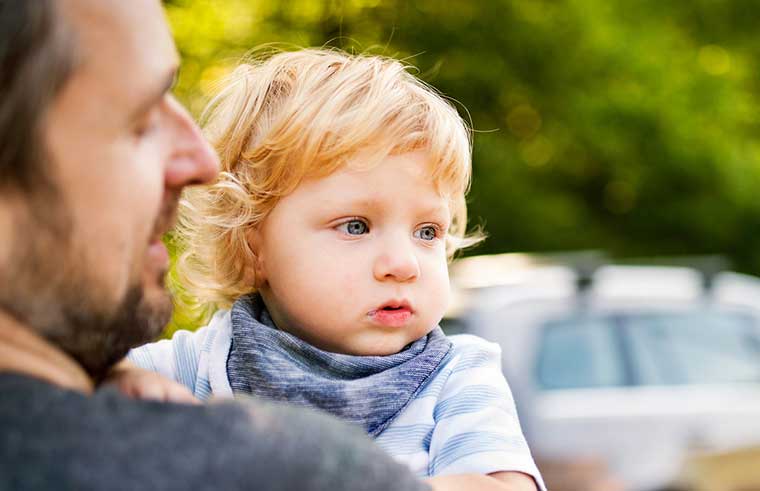
Height matters
While the laws that govern car seat use in Australia address age, it’s important to note that a child’s height is what matters most when it comes to safety.
“You should only move your child to a forward-facing restraint with inbuilt harnesses when the maximum height requirement on your rear-facing restraint is reached,” The Royal Children’s Hospital confirms.
Following the instructions that come with your restraint will secure your child in that seat as safely as possible.
If you’re keen for tips on how to make sure your child is safety restrained and buckled, the Facebook group Extended Rear Facing Mums can help. This group is hoping the laws in Australia will be changed to legislate that kids sit rear-facing for much longer.
These laws truly do need a shake-up if we are to keep kids safe.

